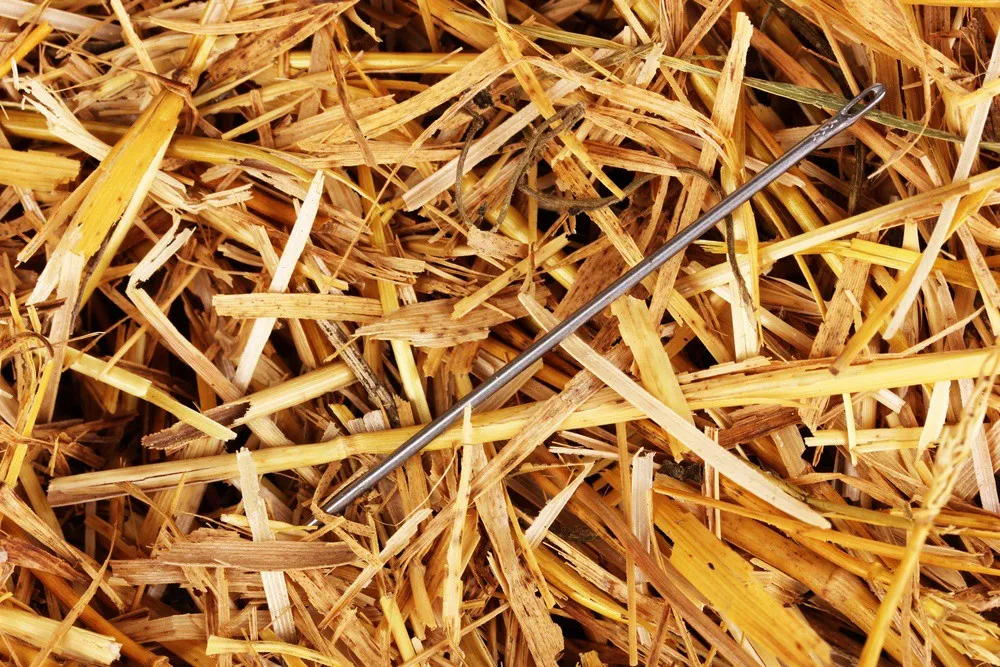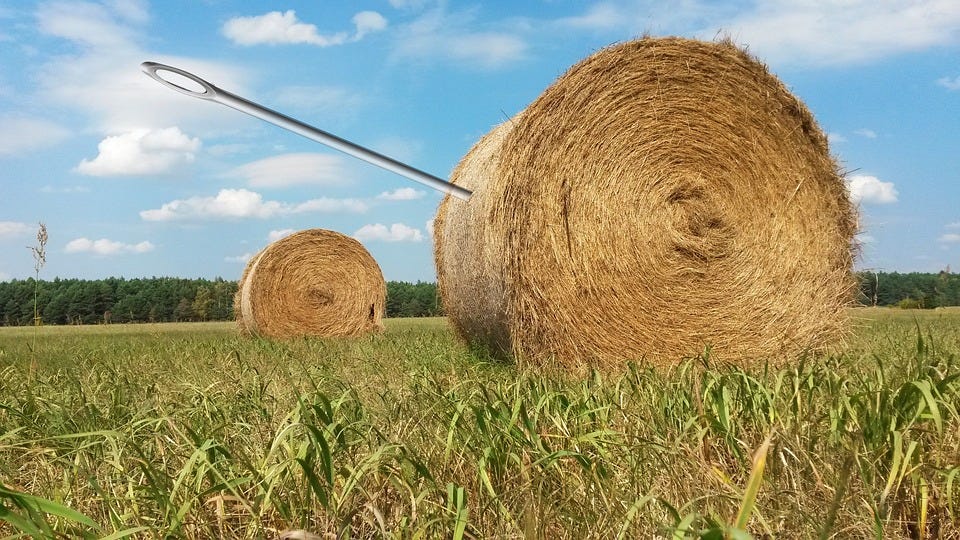Introduction to Haystack and Its Origin
Imagine walking through a sunlit field, the scent of fresh hay wafting through the air. There, nestled among the tall grasses and wildflowers, stands a classic symbol of rural life: the haystack. This simple mound of dried grass holds much more than meets the eye. It carries with it stories from our past and echoes of agricultural practices that have shaped communities for centuries Haystack.
But what exactly is a haystack? Where did this iconic structure come from? As we delve deeper into its meaning and diverse applications, you’ll uncover how something so ordinary can be rich in symbolism and utility. From historical significance to modern artistic interpretations, join us as we explore every facet of this humble yet fascinating phenomenon—the haystack!
The Symbolic Meaning of a Haystack
Haystacks often symbolize abundance and harvest. They represent the fruits of labor, a reminder of hard work rewarded with sustenance. The sight of a haystack evokes pastoral scenes, where farming thrives under wide-open skies.
In literature and art, haystacks can embody simplicity and serenity. Their rustic charm captures the essence of rural life. This imagery invites reflection on nature’s cycles—growth, decay, and renewal.
Moreover, haystacks serve as metaphors for something hidden or difficult to find. Just like searching through a stack for that elusive needle, they remind us that treasures often lie beneath the surface.
Culturally, they connect communities with tradition. Festivals celebrating harvests frequently feature them as central elements. These gatherings honor connection to land and shared experiences in agrarian societies.
Historical Uses of Haystacks

Historically, haystacks have served practical and vital purposes in rural communities. Farmers used them to store harvested grasses for winter feed, ensuring livestock had enough nourishment during the colder months.
These structures were often built using traditional methods, with farmers stacking hay into mounds or pyramids. This technique allowed for optimal air circulation while protecting the fodder from moisture.
In many cultures, haystacks became a symbol of agricultural abundance and community effort. They were central to seasonal activities such as harvest festivals where families celebrated their hard work together.
Additionally, some regions utilized haystacks as temporary shelters for people or animals during inclement weather. Their compact design made them easy to construct and dismantle when needed.
Haystacks not only played a crucial role in farming but also shaped social dynamics within agrarian societies across generations.
Modern Uses of Haystacks in Art and Design
Haystacks have transcended their agricultural roots to inspire modern art and design. Artists are drawn to their rustic charm, often portraying them in paintings that evoke nostalgia and simplicity. The iconic works of Claude Monet come to mind, where he captured the changing light on haystacks with brilliant brush strokes.
In contemporary design, haystacks influence sustainable architecture and landscaping. Their organic shapes can be seen in eco-friendly structures or installations that blend seamlessly into rural settings. Designers use materials reminiscent of hay, such as straw bales, for insulation and aesthetic appeal.
Moreover, in event planning and décor, haystack-inspired themes create a charming ambiance for weddings or outdoor gatherings. From seating arrangements made from bales to centerpieces featuring dried grasses, these elements add a touch of whimsy while honoring traditional rural life.
Practical Uses of Haystacks in Agriculture and Construction

Haystacks have long been a staple in agriculture, serving multiple practical purposes. They provide essential feed for livestock during harsh winters when fresh grass is scarce. Stored properly, hay can sustain animals and maintain their health.
In addition to feeding livestock, haystacks offer insulation. Farmers often use them as natural barriers against cold winds or drafts in barns and stables. This helps create a more comfortable environment for both animals and equipment.
Beyond agriculture, haystacks find applications in construction projects. Builders sometimes utilize bales of hay as temporary wall supports or even as soundproofing materials due to their dense structure.
Moreover, the rustic aesthetic of haystacks makes them popular for landscaping designs and outdoor events like weddings or festivals. Their versatility continues to surprise those who creatively incorporate these humble structures into various aspects of life.
Sustainable Alternatives to Traditional Haystacks
Sustainable alternatives to traditional haystacks are gaining traction in today’s eco-conscious world. Innovations like round bales and silage bags offer farmers efficiency while reducing environmental impact. These methods minimize space usage and improve protection against weather conditions.
Another alternative is using straw bales, which can be repurposed after harvest. They not only store feed but also enhance soil quality when returned to the ground as organic matter.
In urban settings, vertical farming techniques incorporate sustainable practices too. By utilizing modular stacking systems, these farms maximize limited space and resource consumption.
Biodegradable materials for temporary structures are emerging as well. Structures made from recycled paper or natural fibers provide short-term solutions with minimal ecological footprints.
Exploring these alternatives reflects a broader commitment to sustainability within the agricultural sector, ensuring that future generations can enjoy both functionality and environmental harmony.
Conclusion: The Versatility and Enduring Legacy of the Humble Haystack
The haystack stands as a testament to human ingenuity and adaptability. It has transcended its humble beginnings in agriculture, evolving into a symbol rich with meaning across various cultures.
Its presence in art invokes nostalgia, reminding us of simpler times when life revolved around the rhythms of nature. Artists often draw inspiration from the texture and form of haystacks, capturing their essence on canvas.
In modern contexts, they serve practical purposes beyond farming. From creative landscaping to sustainable building materials, their applications are diverse.
As we explore alternatives that respect our environment, the legacy of the haystack continues to inspire innovation. Its versatility endures through time and culture—a reminder that even the simplest elements can hold profound significance.
FAQs
The versatility of haystacks spans across cultures and eras, showcasing their practical uses and symbolic meanings. From serving as a source of nourishment for livestock to inspiring countless works of art, the humble haystack continues to hold significance in various fields.
As we explore sustainable alternatives and innovative designs inspired by this traditional structure, it’s clear that the legacy of haystacks remains relevant today. They embody a blend of functionality and artistry that resonates with many.
What is a haystack?
A haystack is typically a large mound or pile of stored dried grass or hay used primarily for feeding animals during colder months.
Why do farmers use haystacks?
Farmers use haystacks to preserve forage for their livestock when fresh pasture is not available. It provides essential nutrients during off-seasons.
Are there different types of haystacks?
Yes, there are several types based on construction methods such as round bales, square bales, or traditional stacked forms depending on regional practices.
How can I incorporate the concept of a haystack into my home decor?
You might consider using straw bales creatively in your garden or patio area. Additionally, artwork featuring rural scenes can evoke the charm associated with traditional farm life.
Are there eco-friendly alternatives to conventional straw storage?
Yes! Options like tarped shelters or weather-resistant bins help protect fodder from moisture while minimizing waste compared to traditional outdoor stacks.
Also read: afghanistan national cricket team vs india national cricket team match scorecard







